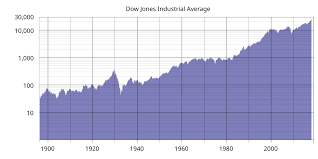Understanding Labubu: Its Impact on Indian Culture

Introduction
Labubu has recently emerged as a significant cultural phenomenon in India, capturing the attention of art enthusiasts and the general public alike. This vibrant form of artistic expression, often characterized by its lively colors and innovative techniques, reflects the richness of Indian culture while also addressing contemporary issues. As art plays a vital role in shaping social and cultural narratives, the rise of Labubu invites us to understand its implications on both artistic practices and community engagement.
The Emergence of Labubu
Labubu originated as an underground movement, primarily in urban areas where artists sought to break free from traditional formats. It combines elements of graffiti, mural art, and performance, with its roots tracing back to street art movements in the early 2000s, which aimed to bring art to public spaces. Artists like Rishabh Chauhan, known for his dynamic Labubu works, began to gain attention through social media platforms, showcasing their creations to a wider audience.
Recent Events and Features
In recent months, events like the Labubu Fest in Delhi have showcased numerous Labubu artists, allowing them to display their unique styles and engage with the community. This festival, held in August 2023, attracted thousands of visitors, with interactive workshops and live performances aimed at educating the public about the Labubu art form. The positive reception from the audience and media highlights the growing popularity and acceptance of alternative art forms in mainstream culture.
Moreover, various collaborations with local businesses and organizations have emerged, enabling artists to further promote their works and message. The community aspect of Labubu encourages dialogue, with many artworks addressing social issues such as environmental concerns, gender equality, and cultural identity through a creative lens.
The Future of Labubu
The significance of Labubu goes beyond aesthetics, as it serves as a platform for artistic freedom and social commentary. Experts predict that as the movement gains momentum, it will likely influence future generations of artists in India. In addition, Labubu has the potential to foster community engagement, prompting discussions around pressing social issues through visual storytelling.
Conclusion
As Labubu continues to thrive, it represents a unique blend of tradition and modernity within Indian art. Artists and stakeholders must embrace and support this movement to ensure its sustainability and growth. For readers, becoming aware of Labubu not only provides insight into contemporary art in India but also prompts conversations about culture, identity, and societal challenges facing the nation today. As the landscape of Indian art evolves, Labubu stands out as a testament to the power of creativity in fostering community and dialogue.









